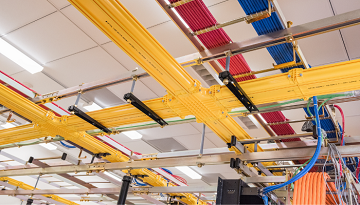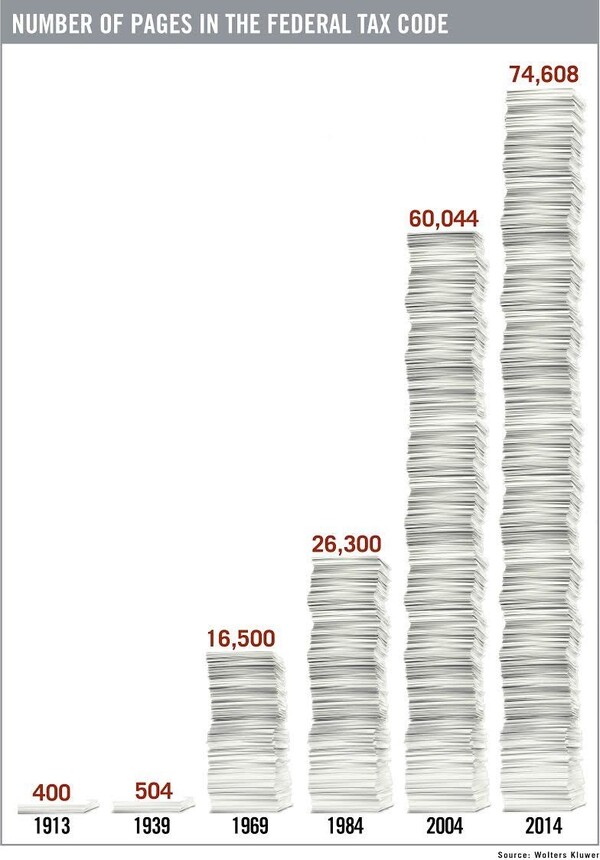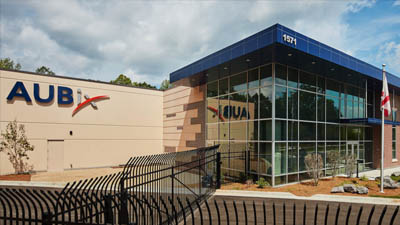
Once you add in the explanation of the tax code and the case law required to understand it, the Federal tax code tips the scales at a beefy 75,000+ pages. Buried within all the statutes and legal explanations is the information businesses need to understand how to report purchases, assets and the like. Among these is something that often flies under the radar when considering tax implications: cabling infrastructure.
CLICK TO TWEET: CommScope’s Kyle Graebner explores how multiple tax laws related to cabling infrastructure can impact a corporation’s tax bill.

Consider a small or medium-sized enterprise (SME) that spends thousands of dollars on office cabling to support 75 employees. Compare this scenario to a large multi-national corporation (MNC) that invests billions to connect and support offices and campuses around the world. In either case, the impact in terms of capital investment, depreciation and tax rates is relative.
Over the last decade, some states have challenged how a company may account for their cabling infrastructure if the state believes it is losing tax revenue. In 2015, the Nevada Department of Taxation issued a 240-page document titled “Expected Life Study: Telecommunications and Cable Assets.” The study attempts to define the expected lifespan for equipment such as the cable plant. The goal is to define how to account for the equipment and cabling in terms of corporate tax assessment.
In October 2019, the Ohio Board of Tax Appeals issued “a decision that reverses 20 years of case precedent regarding the classification of voice and data cabling” installed in commercial buildings. The case involved the sale and installation of Category 5 and 6 copper cabling that the installer and the owner treated as tangible personal property on which sales tax was paid. The owner applied for a refund, claiming the cable was incorporated into real property, thus making the installer the consumer in terms of the sales tax. The Ohio Board of Tax Appeals sided with the owner, reasoning that communication cabling would be usable by other businesses that might later occupy the building. Its installation, they decided, qualified as a real property construction contract.
For the average individual, “cabling and taxes” are rarely, if ever, used in the same sentence. For any enterprise, however, they matter. A variety of tax laws around cabling infrastructure —dictated and enforced at the federal, state, provincial and territorial levels—affect the corporation’s tax bill. Understanding how to allocate the cable plant as an asset and the most advantageous tax strategy to use could save a company thousands, millions, or even tens of millions of dollars, depending on the size of the entity.
Admittedly, the information covered in this post only scratches the surface of what is a very complex topic. Given the investment in money and time that may be at stake in even a modestly sized cabling project, it is worth understanding your options and how they affect your tax liability. Needless to say, you should consult with your company’s finance department or legal team about this. When it comes to designing and specifying the cabling and connectivity needed for your project, talk to a trusted infrastructure partner like CommScope.















